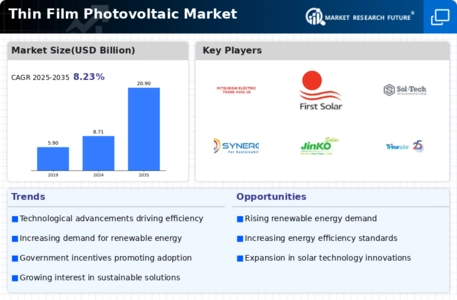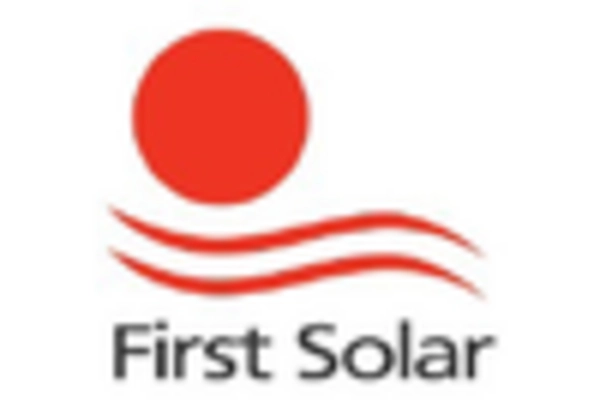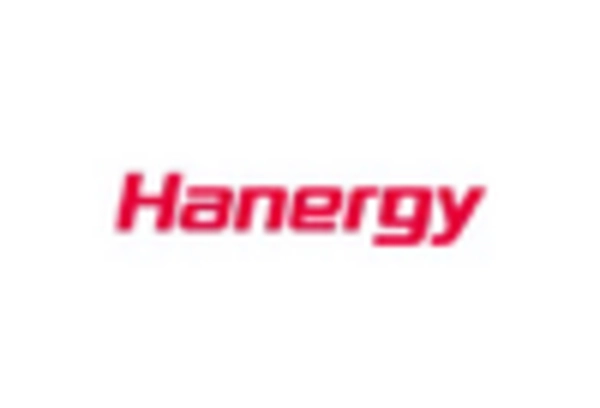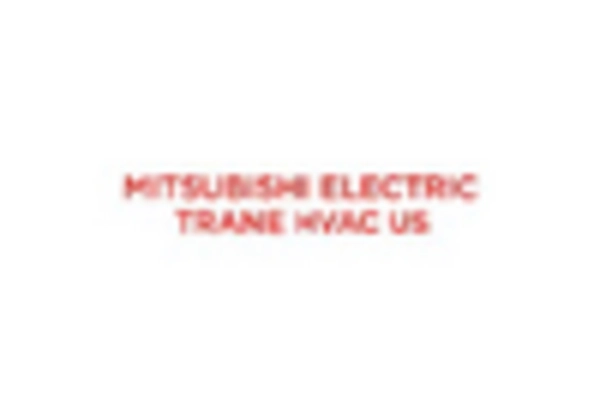Market Analysis
In-depth Analysis of Thin Film Photovoltaic Market Industry Landscape
A few factors affect the Thin Film Photovoltaic (TFPV) market's development and dynamics. An rising worldwide emphasis on renewable energy to combat climate change drives this industry. Thin Film Photovoltaic technology is a major renewable energy player because it is lightweight, flexible, and affordable. Thus, governments worldwide have adopted regulations to promote sustainable energy adoption, increasing demand for Thin Film Photovoltaic systems, which efficiently generate power from sunlight.
Thin Film Photovoltaic technology is used due to falling production and manufacturing costs. Thin film solar cells cost less to make than crystalline silicon solar panels. Since thin film photovoltaic systems are cheaper, they are more widely used in many industries. This economic feasibility boosts market growth, expanding its utility-scale and distributed solar project applications.
Thin Film Photovoltaic systems are versatile and flexible thus making them suitable for various applications. Flexible materials can accommodate thin-film solar cells unlike inflexible silicon-based crystalline cells hence enabling new design concepts and possibilities. The flexibility offered by Thin Film Photovoltaics makes it possible to be used on nonstandard surfaces such as building-integrated photovoltaics (BIPV), curved or irregularly shaped structures, and solar windows. The market reach of thin film solar solutions is expanded and new opportunities are created due to its ability to adapt to different installation scenarios.
Market dynamics are influenced by the level of public awareness and acceptance of solar energy. Increasingly, consumers and businesses are becoming aware of environmental issues and benefits that come with renewable energy sources hence increasing demand for Thin Film Photovoltaic systems. As sustainability becomes a priority for individuals and organizations, they have a preference for those solar solutions that correspond to green energy goals. Market players who clearly articulate the environmental advantages and long-term benefits associated with Thin Film Photovoltaics technology have an edge over their competitors.
Thin Film Photovoltaic market is affected by global energy trends including shift towards decentralized power generation as well as growth in importance of energy storage. Thin Film Photovoltaic systems are well-suited for distributed generation purposes considering their lightweight nature and flexibility when combined with energy storage concepts. This characteristic therefore positions thin film technology as one the major players in the transition toward a more resilient decentralized energy infrastructure.

















Leave a Comment